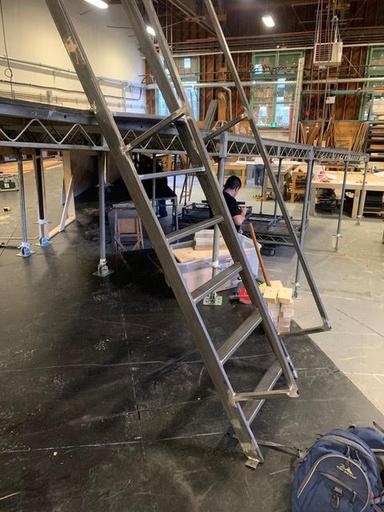The Flying Dutchman

Study Guide


The Flying Dutchman



Dear Friends,
Opera is an incredible unification of all the artistic disciplines and we hope that you have a wonderful time at our production of Wagner's The Flying Dutchman.
Producing opera is no easy task and what you will see on the stage is the culmination of months of hard work from directors, conductors, designers, technicians, musicians, marketing staff, and of course SINGERS
We hope you will share the details of this exciting experience with your friends and family and share the passion for this incredible art form with them!
See you at the opera,
Ashley D Foot
Ashley Daniel Foot Senior Manager, Partnerships, Engagement and EDIThe Flying Dutchman premiered in Dresden on January 2, 1843.
In his autobiography, Wagner claimed a difficult sea crossing in 1839 was his original inspiration for The Flying Dutchman.
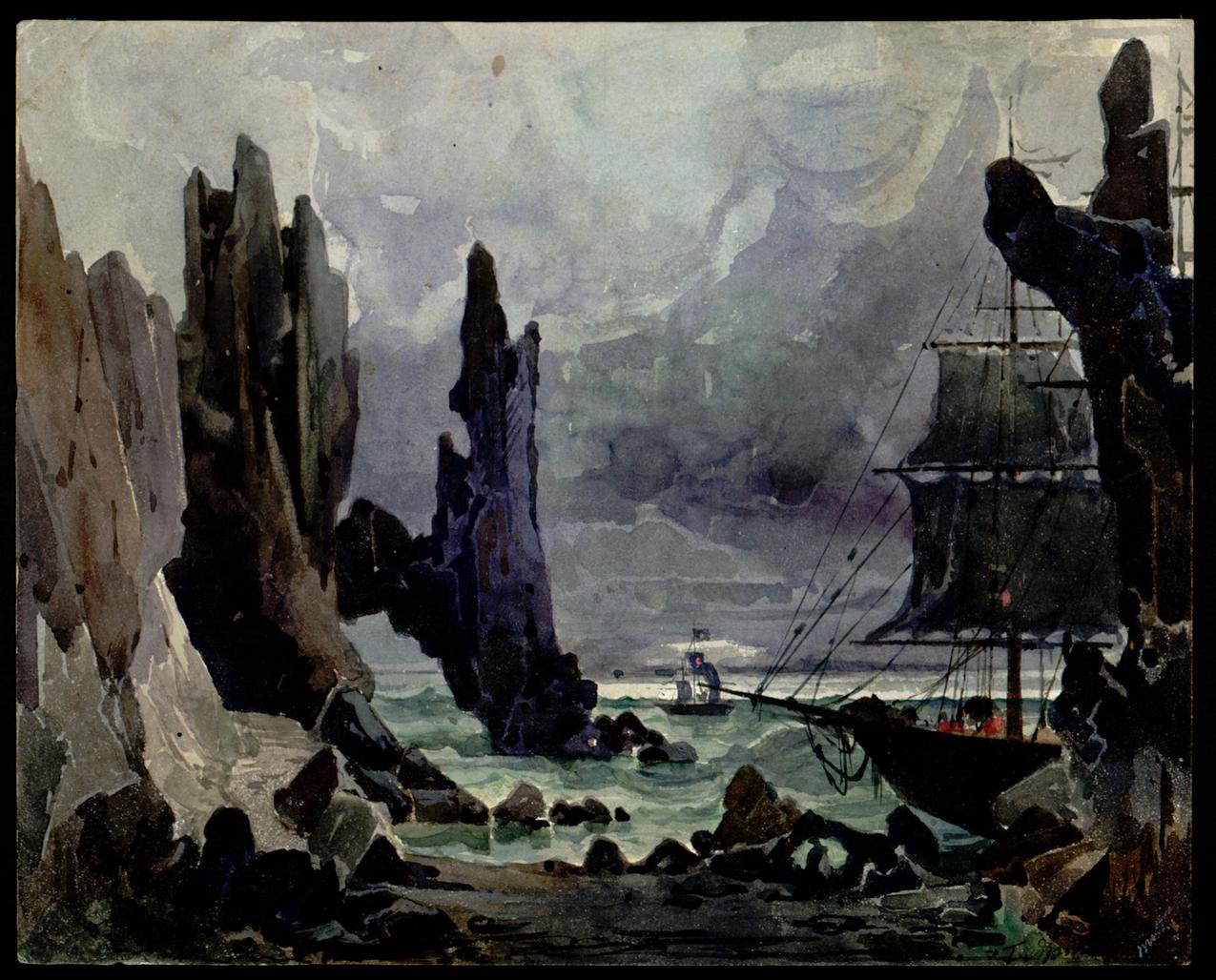
Whether this is true or not, Wagner definitely based his version of the story on an episode in Heinrich Heine’s Aus den Memoiren des Herren von Schnabelewopski (The Memoirs of Mister von Schnabelewopski), published in Der Salon in 1834. In Heine’s story the narrator goes to a play about the famous nautical legend of the Flying Dutchman, a ghostly ship doomed to sail the seas until Judgement Day, whose captain can only be saved by the faithful love of a woman While Heine’s tale was intended as a satire, Wagner chose to remove this element and wrote a first draft of his serious version of the story in 1840, with a strong emphasis on the theme of redemption through love.
Originally set off the Scottish coast, with Daland and Erik named Donald and Georg, respectively, Wagner made eleventh-hour changes while the opera was in rehearsals for its premiere, choosing to move the setting to the Norwegian coast.
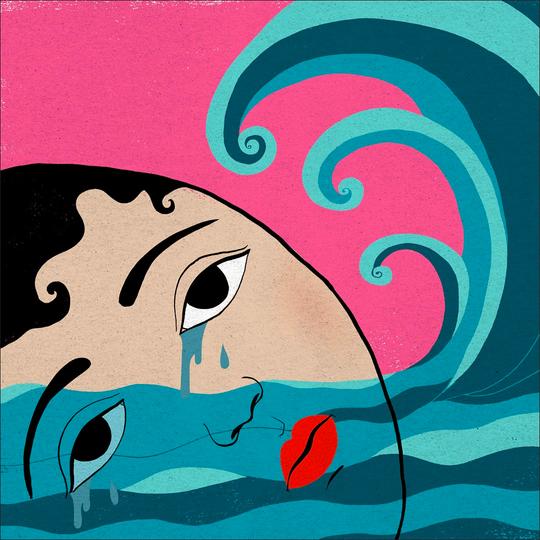 Music and Libretto by Richard Wagner
Music and Libretto by Richard Wagner
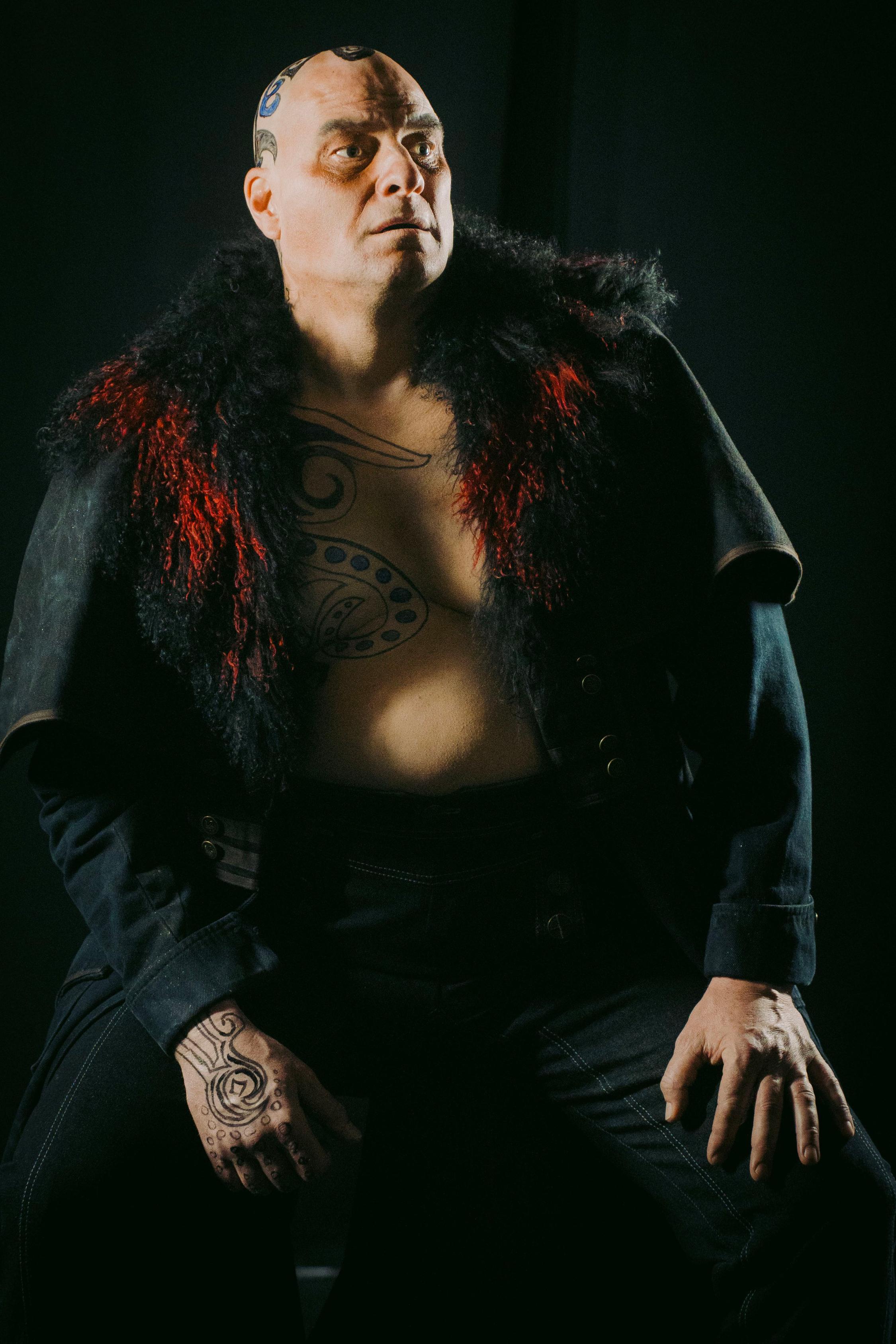
Wagner was one of the key German composers in the history of music. Just as Beethoven altered the course of music in the nineteenth century, so did Wagner for those who came after him.

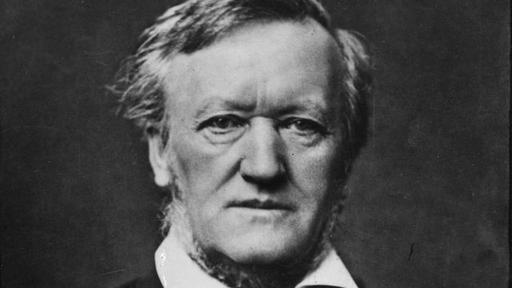
Without Wagner, the development of late nineteenth- and much twentieth-century music (Richard Strauss, Mahler, Schoenberg, Berg and Webern) would have been different.
Wagner was responsible for changing the orientation of opera, through developing organically conceived through-composed works, expanding the orchestral resources, encouraging new types of singers and exploring innovative theatrical practices. He created a new, revolutionary genre, Gesamtkunstwerk (total work of art), which set to combine all aspects of the arts, and became better known as ‘music drama’.
A towering European artistic figure, he was as active as a theorist and theatrical practitioner as he was a composer He was astute at cultivating wealthy patrons to finance his plans – notably Ludwig II of Bavaria, who bankrolled the construction of the Bayreuth Festival Theatre and which is still active today as the major centre for performances of Wagner’s operas

The Dutchman. Captain of the Flying Dutchman, doomed to sail the seas forever. Can only be saved by the true love of a woman.





Senta, captivated by the story of the Dutchman
 Daland, a Norwegian Sailor and father of Senta
Erik, in love with Senta
Steuermann, Daland's steersman
Daland, a Norwegian Sailor and father of Senta
Erik, in love with Senta
Steuermann, Daland's steersman
The Dutchman is a doomed sailor cursed to sail the seas without respite, only able to set foot on shore for one day every seven years. If he can find a woman on that day who will vow to love him until death, his curse will be broken.
The Dutchman meets Senta, who falls in love with him But when her former suitor threatens the pact, she proves her love by sacrificing herself, and thus saving both her soul and that of the Dutchman.
Scene I

On Daland’s ship.
Daland, a sea-captain, drops anchor near his home harbour, and orders the Steersman to keep watch. The tired man falls asleep and fails to see the arrival of the Dutchman’s ship, which anchors beside Daland’s vessel When Daland discovers the strange ship he calls to its captain, who identifies himself simply as “a Dutchman” and offers a rich reward for one night’s lodging. He then offers his fabulous treasure as a dowry for the hand of Daland’s daughter, and Daland eagerly agrees
Daland’s home.
Daland’s daughter, Senta, stares at a portrait of the Flying Dutchman while the women around her sing as they work. Senta then sings a song about the Dutchman, a sea-captain condemned by Satan to sail for eternity. He is permitted to set foot on land only once every seven years, to search for salvation in a woman’s love. Mary, Senta’s companion, scolds Senta for her obsession with this legend, and tells her that when her father returns, she will ask him to remove from the house the picture of the Dutchman Erik, Senta’s suitor, enters to say that he has seen her father’s ship sailing towards harbour He presses her to ask her father to give him her hand Senta, however, continues to speak of her fascination with the Flying Dutchman, and Erik tells her of a dream in which he saw her embrace a strange seaman. In despair, Erik leaves.

Daland then enters with his guest, and Senta is mesmerized by the Dutchman, whom she recognizes from the portrait. Daland explains that the stranger has asked for her hand in marriage and leaves the couple together. Senta agrees to marry the Dutchman
After a party of celebrating sailors and their women are terrified by an encounter with the Dutchman’s ghostly crew, Erik and Senta enter Erik is angry, as he has learned that Senta has accepted the hand of the Dutchman. As Erik reminds Senta of her promise to love him, the Dutchman enters and overhears the exchange. Convinced that Senta is lost to him, the Dutchman is overwhelmed with despair. He tells Senta of the curse and sets sail with his men. Proclaiming her eternal faithfulness to the Dutchman, Senta throws herself into the sea and dies.
Don't give up.
Wagner as a child displayed little musical talent He struggled to play simple scales, much preferring to play by ear His first piano teacher even went so far as to say that nothing would ever come of him!
Future Influencer
One of Wagner’s most enduring legacies is his extensive use of the Leitmotif, or ‘lead motive’ whereby characters or settings in his operas were assigned a recurring musical theme This tradition is very popular in movies and TV today Think Darth Vader
Wagner developed an approach to composing known as ‘Gesamtkunstwerk’ or ‘total work of art’ in which he took control of all aspects of the creative work including music, lyrics, stage directions, props, dance, costumes and settings
All elements would come together as one - a unification of all art - on one stage
Pet Lover
A lover of animals, Wagner owned many dogs, including a 160 pound Newfoundlander named Robber which made the month long voyage from Riga to London with Wagner and his wife Minna Later in their marriage they acquired a pet parrot, Papo.
His Wives were Just as Talented Wagner’s first wife, Minna Planer, was an accomplished vocalist and supported Wagner for much of the early years of their marriage His second wife, Cosima, the daughter of Franz Liszt, was a well-known and accomplished composer and musician in her own right
When Wagner worked in Riga as conductor of the Riga German Theatre, he became the first conductor to turn and face the musicians, rather than face the audience, as was the tradition at the time
Known as one of the most challenging and rewarding operas ever written, Wagner’s Der Ring des Nibelungen, or ‘The Ring Cycle’ took 26 years to write, is in four parts, and takes 15 to 18 hours over four nights to complete.
Richard Wagner was born in Leipzig, Germany in 1813, and died in Venice, Italy, in 1883
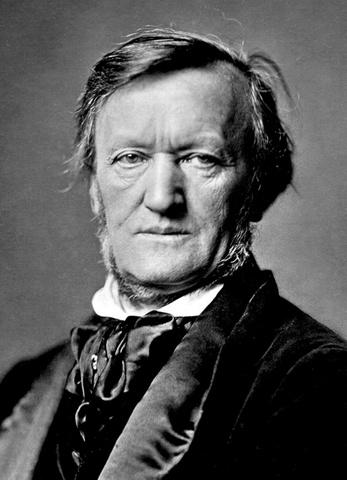
Even SpongeBob knows the Flying Dutchman
Wagner’s reach forward through time extends as far as SpongeBob SquarePants where the character of an irascible poltergeist known as the The Flying Dutchman can be found, glowing green, haunting the ocean aboard his ghostly ship, and collecting souls, never to find peace.
Wagner wrote several anti-semitic essays during his life, and his music was a favourite of Adolph Hitler, who, as early as 1924, proclaimed that his vision of Germany was shaped by the influence of Wagner and his music
It is common today in Israel to find musical directors observing an informal ban on Wagner’s music In 2001, Jewish Conductor Daniel Barenboim was attending a press conference in Jerusalem when he heard a ringtone playing Wagner’s Ride of the Valkyries. At a performance a few nights later, Barenboim surprised the audience by asking if anyone wanted to hear Wagner. After a 30 minute debate, during which some audience members left in protest, but many stayed, Barenboim proceeded with a piece from Tristan and Isolde
It has often been said that only Jesus, Napoleon, and Hitler have had more written about them than Wagner Both revered and reviled, there is no question Wagner’s musical brilliance and controversial writings have lasted through time; and continue both to inspire, and enrage those who engage with his lifetime’s work today
Opera is a story told loud! It’s a group effort by conductors, musicians, singers, dancers, set designers, costume creators, lighting experts, directors, theatre staff, make-up artists, wig makers, carpenters, prop designers, and more, to tell a story, sing, dance, and entertain the audience all the same time
Where on earth did opera come from? Italy, just like gelato! The word opera means ‘work’ in Italian, as in work of art, not homework.
FUN FACT: Opera has been around for as long as gelato, which is just over four hundred years.
Unlike Drake or Taylor Swift, opera singers don’t use microphones. Instead, they learn to project their voices over the sound of the live orchestra. To protect each other’s hearing, opera singers cannot face directly towards each other while singing Ear plugs not allowed
Opera singers often have as many years of education as physicians, and must continue training throughout their career.
But does it pay the bills? If you were a top opera singer, you could make as much as $20,000 per performance.
Opera singers must train their voice to project across a full orchestra one minute, and then drop to a near whisper the next. Just like your school principal during assemblies
There’s no skipping French class if you want to be an opera singer Composers write in their language, and sometimes in second or third languages too, so opera singers must often learn English, French, German, Italian, and even Russian and Czech if they want to perform worldwide And in case you’re wondering, ‘ice cream’ in Czech is ‘zmizlina’
Operas can be up to four hours long, which may be how long French class feels, but at least you don’t have to wear a costume, make-up, possibly a wig, sing and dance under hot lights, and memorize an entire opera, like the performers do
Critics and journalists are not always kind, and singers must also learn to brush off negative reviews in time to perform the same show the following night
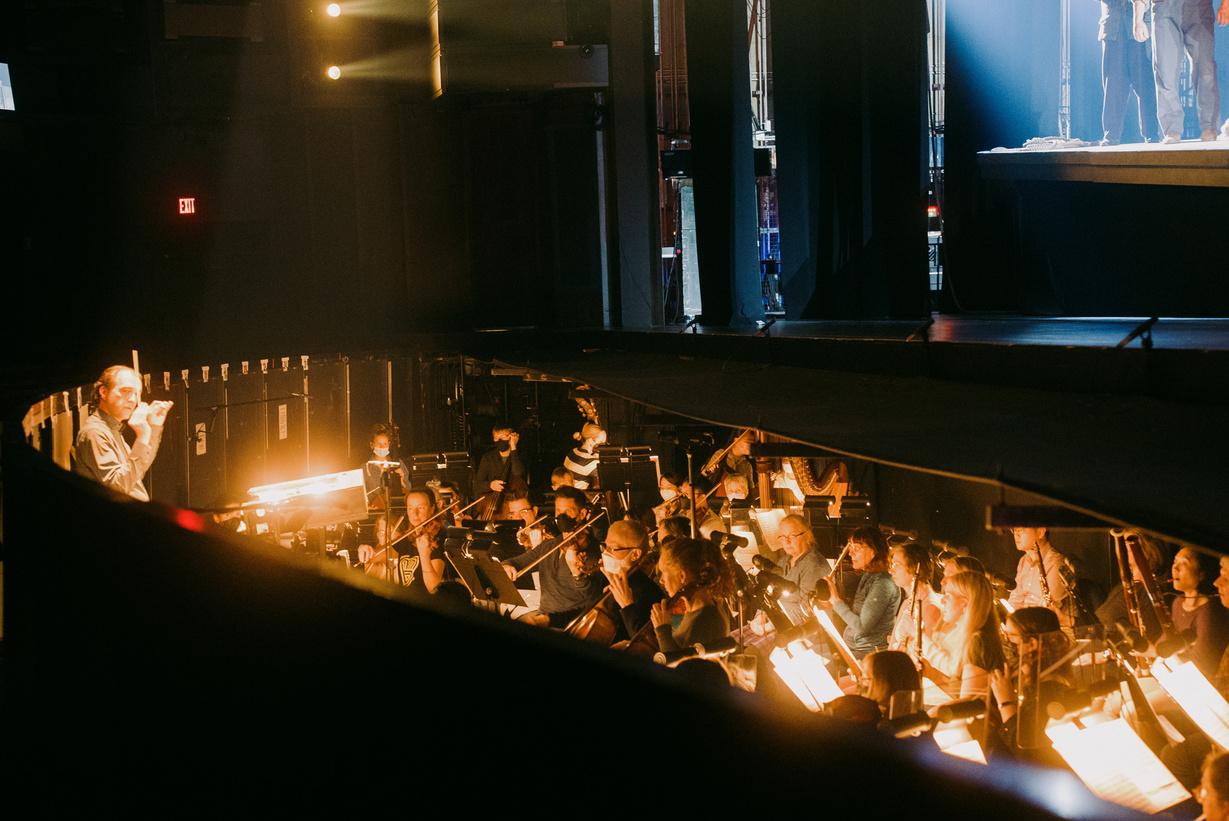
Act/Scene
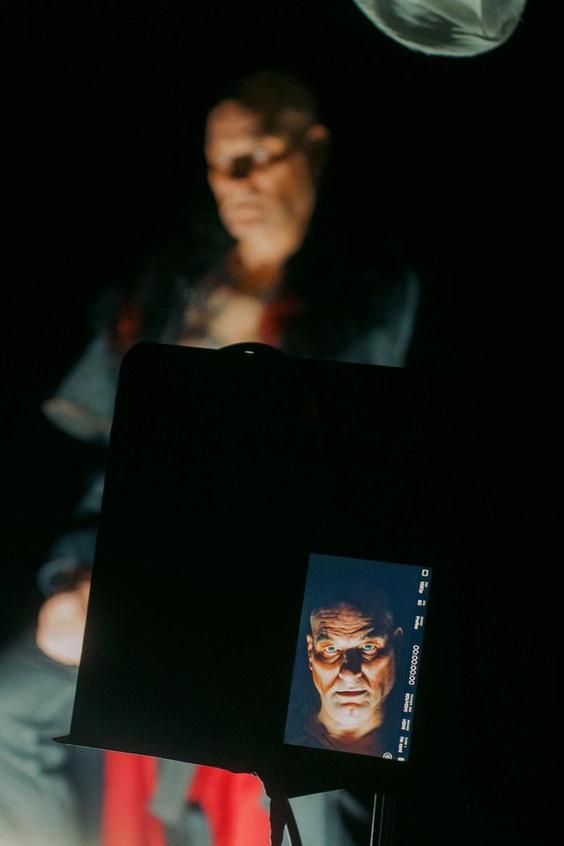
Acts and scenes are ways of categorizing sections of operas An act is a large-scale division of an opera, and each opera will typically include from two to five acts Acts can be subdivided into scenes, which are often differentiated by a change in setting or characters.
Adagio
Literally “at ease,” adagio is a tempo marking that indicates a slow speed An adagio tempo marking indicates that the performer should play in a slow and leisurely style
Allegro
Italian for “cheerful” or “joyful,” Allegro is the most common tempo marking in Western music, indicating a moderately fast to quick speed
Aria
A song for solo voice accompanied by orchestra
Bravo/Brava/Bravi
Italian for “nicely done”; shouted by audience members after a performance. Brava for men, Brava for women, and Bravi for all.
Chorus
A section of an opera in which a large group of singers performs together, typically with orchestral accompaniment
Crescendo
A gradual raising of volume in music achieved by increasing the dynamic level. When music crescendos, the performers begin at a softer dynamic level and become incrementally louder
Ensemble
A musical piece for two or more soloists, accompanied by orchestra Types of ensembles include duets (for two soloists), trios (for three soloists), and quartets (for four soloists) .
Forte
Meaning “loud” or “strong” in Italian, forte is a dynamic evel in music that indicates a loud volume Adding the suffix “-issimo” to a word serves as an intensifier since forte means “loud,” fortissimo means “very loud ”
Libretto
The text of an opera, including all the words that are said or sung by performers
Overture
An instrumental piece that occurs before the first act as an introduction to an opera.
Recitative
Speech-like singing in-between musical numbers that advances the plot.
Score
The complete musical notation for a piece, the score includes notated lines for all of the different instrumental and vocal parts that unite to constitute a musical composition
Tempo
Literally “time” in Italian, tempo refers to the speed of a piece of music
Vancouver Opera's next mainstage production is The Flying DutchmanApril 29-May 7, details at vancouveropera.ca
Wagner’s use of a specific piece of music, or theme, played only when a particular character (or setting) is on stage is known as a ‘leitmotif’ or ‘leading motif’.
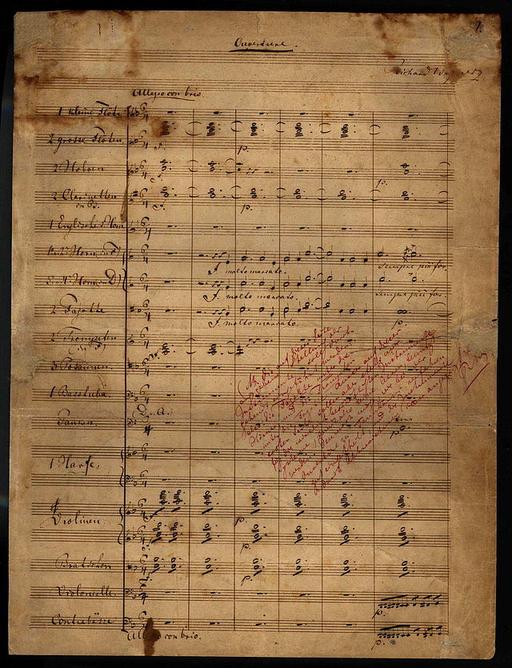
This technique has been taken up by many composers since (although Wagner wasn’t the first – Beethoven and Mozart before him both used a similar method to identify characters or themes), and is easily recognizable in the scores of many popular movies and tv shows today Just think of Jaws, or Star Wars if you need an example. Everyone knows nothing good is about to happen when we hear those familiar bars that alert us to the presence of Darth Vader, or a giant shark lurking in the depths Not to be confused with the theme song of a movie or tv show, the leitmotif is a specific melody that is associated with a specific character Fans of the Mandalorian will recognize those familiar notes that are played anytime Din Djarin saves the day
In The Flying Dutchman, the main characters have their own leitmotif to identify them.
Play several music selections where a leitmotif is used. Allow students to identify the sequence of notes that is the leitmotif. Discuss whether or not the theme represents good or evil, or something else, and how it makes the listener feel
Identify leitmotifs in The Flying Dutchman, and then play selections from the score where leitmotifs are used. Have students identify which character the leitmotif represents.
Leitmotif Resources
A video on what a leitmotif is
A Spotify playlist featuring famous leitmotifs
A great lesson on leitmotifs from Midnight Music
An excellent overview of leitmotifs from Studio Binder
Wagner composed The Flying Dutchman in the 1840s in what we know now as Germany. Times and values have changed since then, and some may find it hard to relate to the decisions and choices of the characters
For example:
Why does Senta give up everything for a man she has never met?
Why does Senta's father, Daland, sell off his daughter to a stranger for money? What is Mary's backstory?
What happened to Senta's mother?
What are Erik's hopes and dreams?
Activity:
After you have watched the performance, choose a character whose decisions or behaviours intrigued you, and engage them in a discussion. Ask them questions about their choices, and then respond on their behalf
You could:
Use a DM or texting generator
Compose a series of emails
Go Old School and write a letter
Resources:
Generate a chat transcript

Dear Flying Dutchman, I hope this DM finds you well....
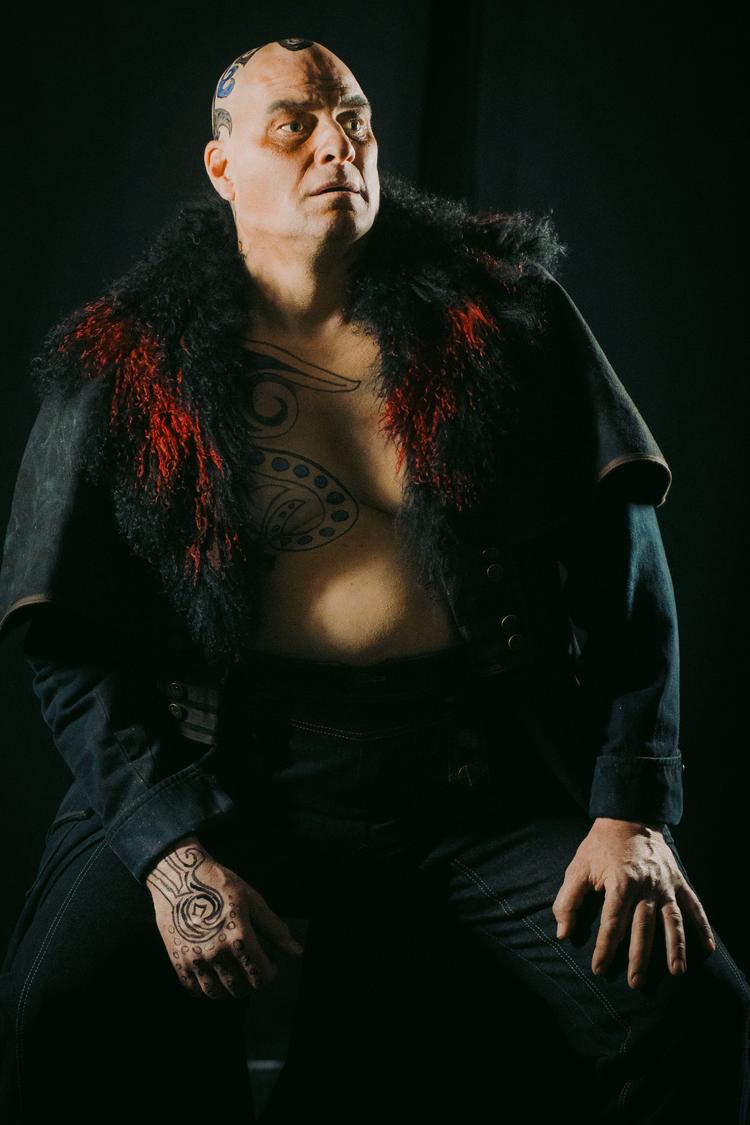
No Fast Fashion Here.
All the costumes for The Flying Dutchman are made by hand, and meticulously fitted to the cast members by a small army of sewers who work tirelessly in the weeks and months prior to opening night


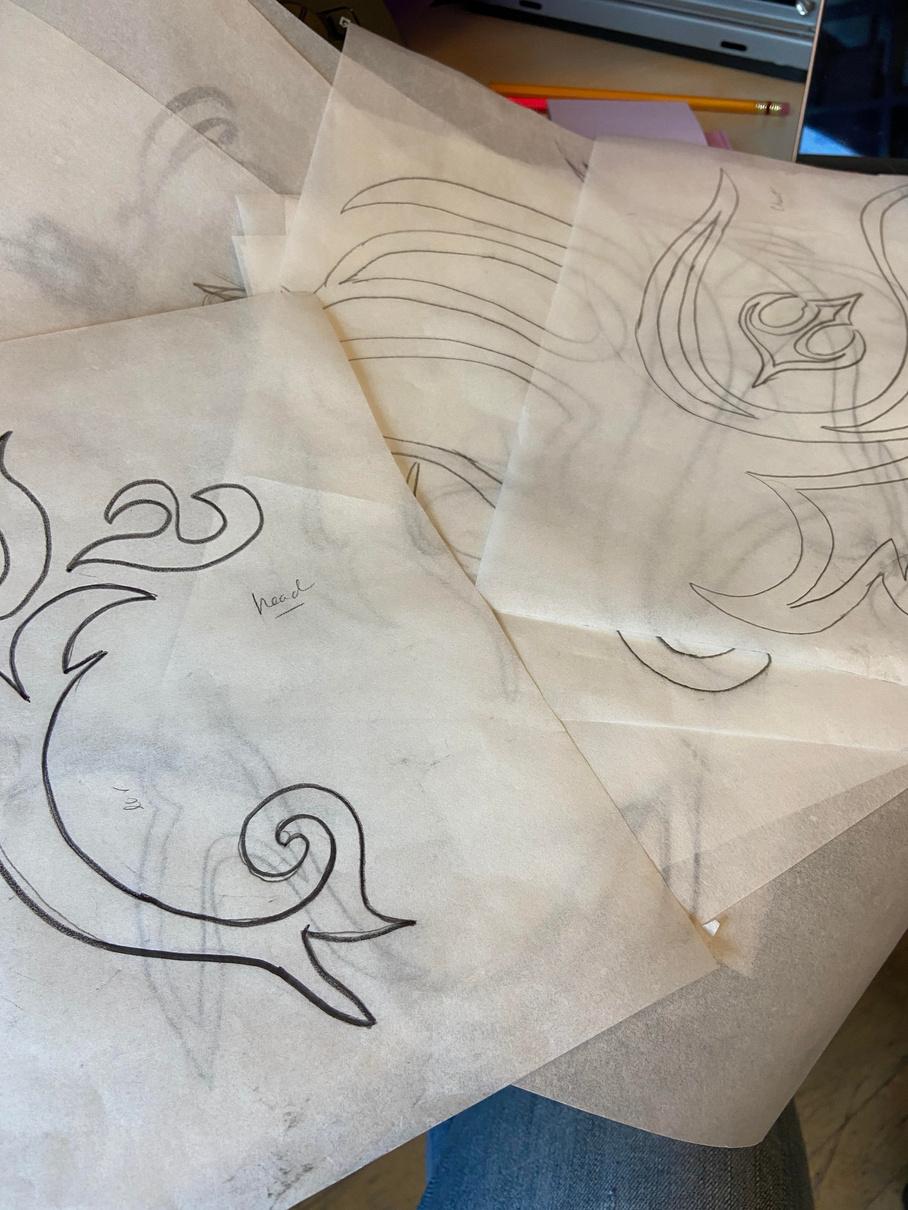
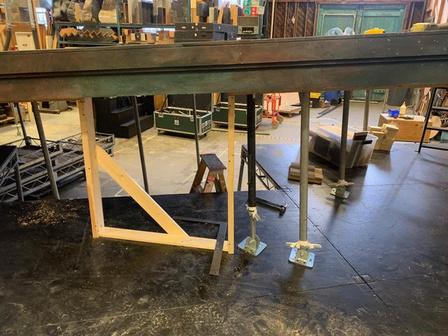

Two of the main 'characters' in The Flying Dutchman are the ship itself, and the raging sea. How are those elements represented on a stage? That where the team of designers, painters, and carpenters come in.
